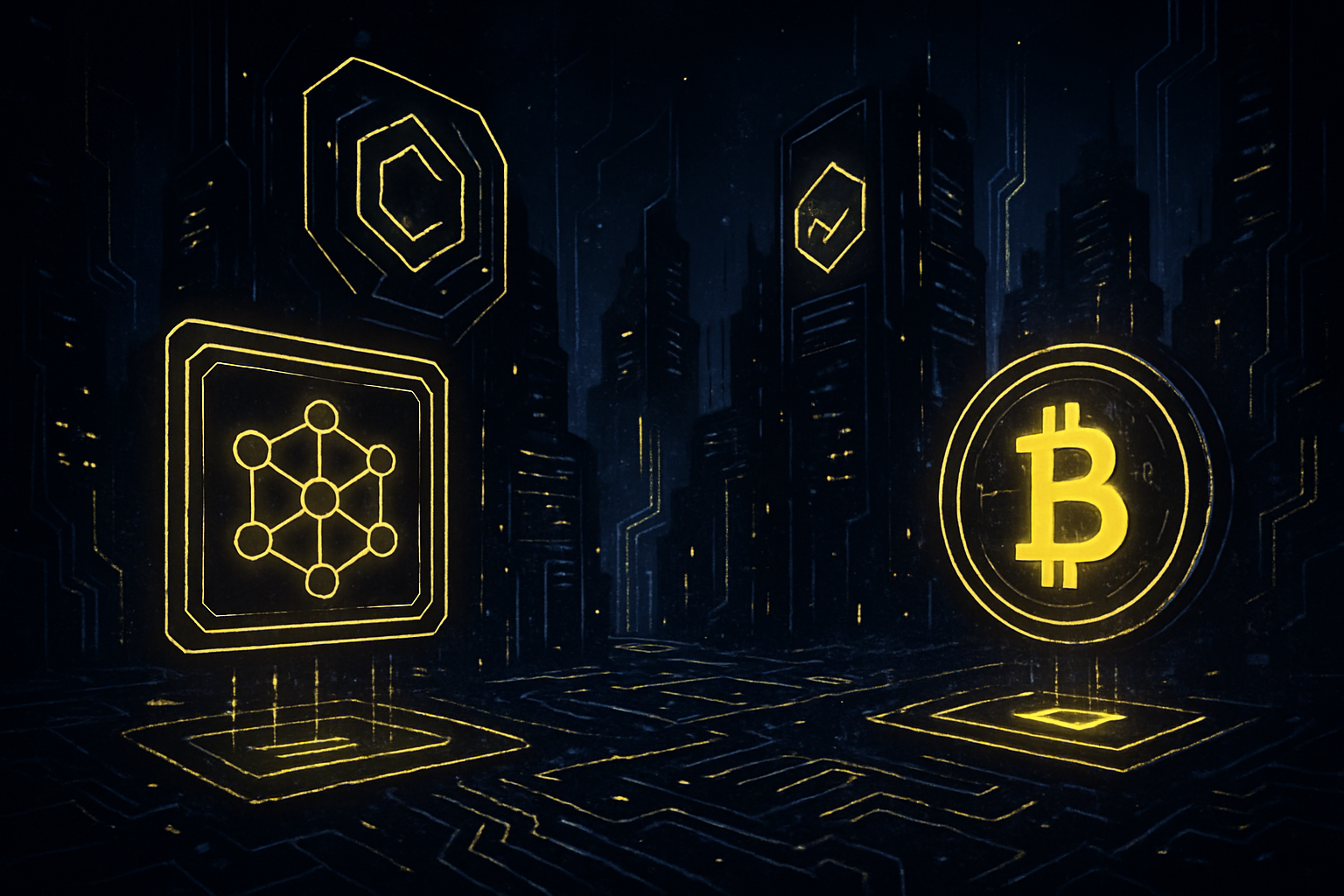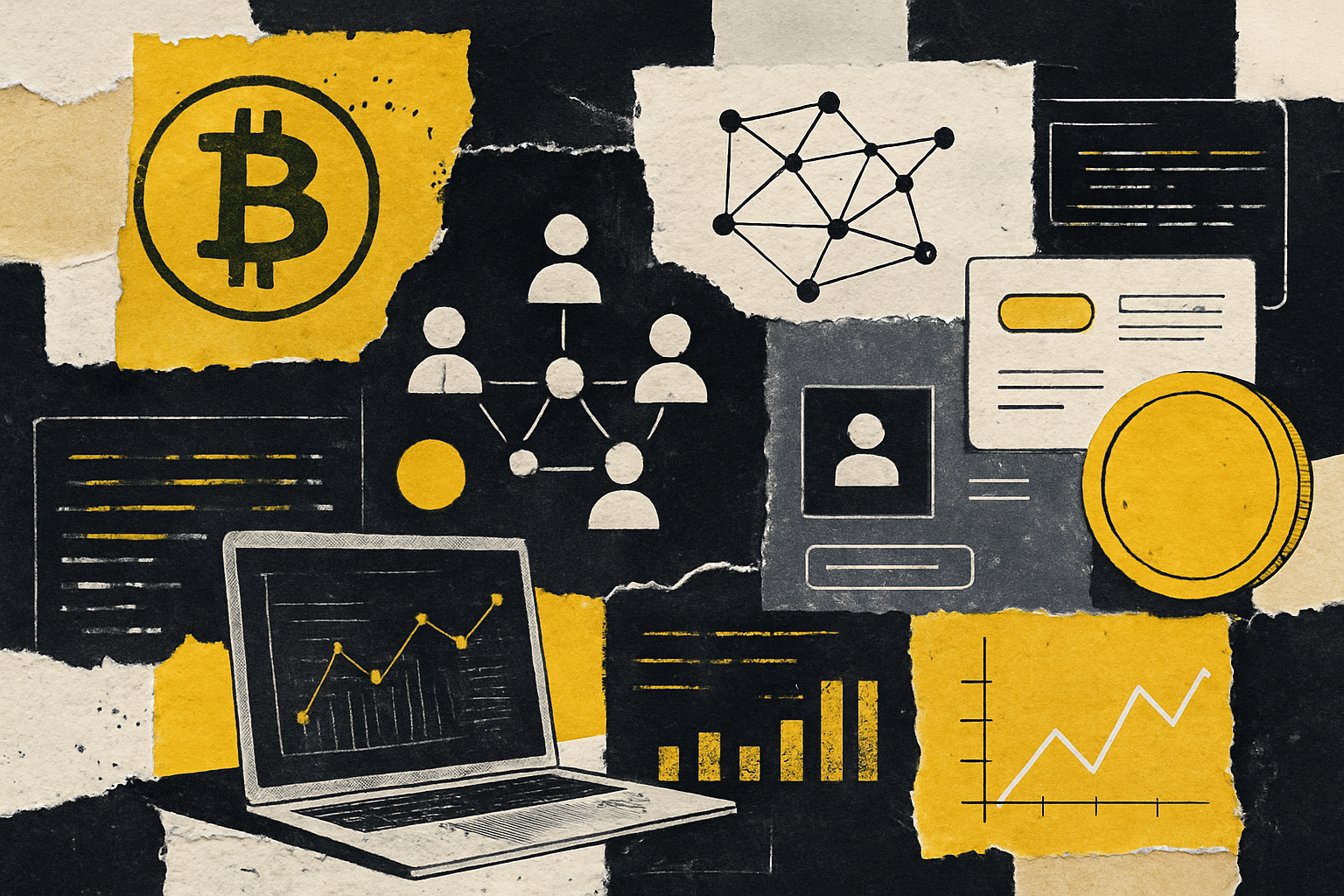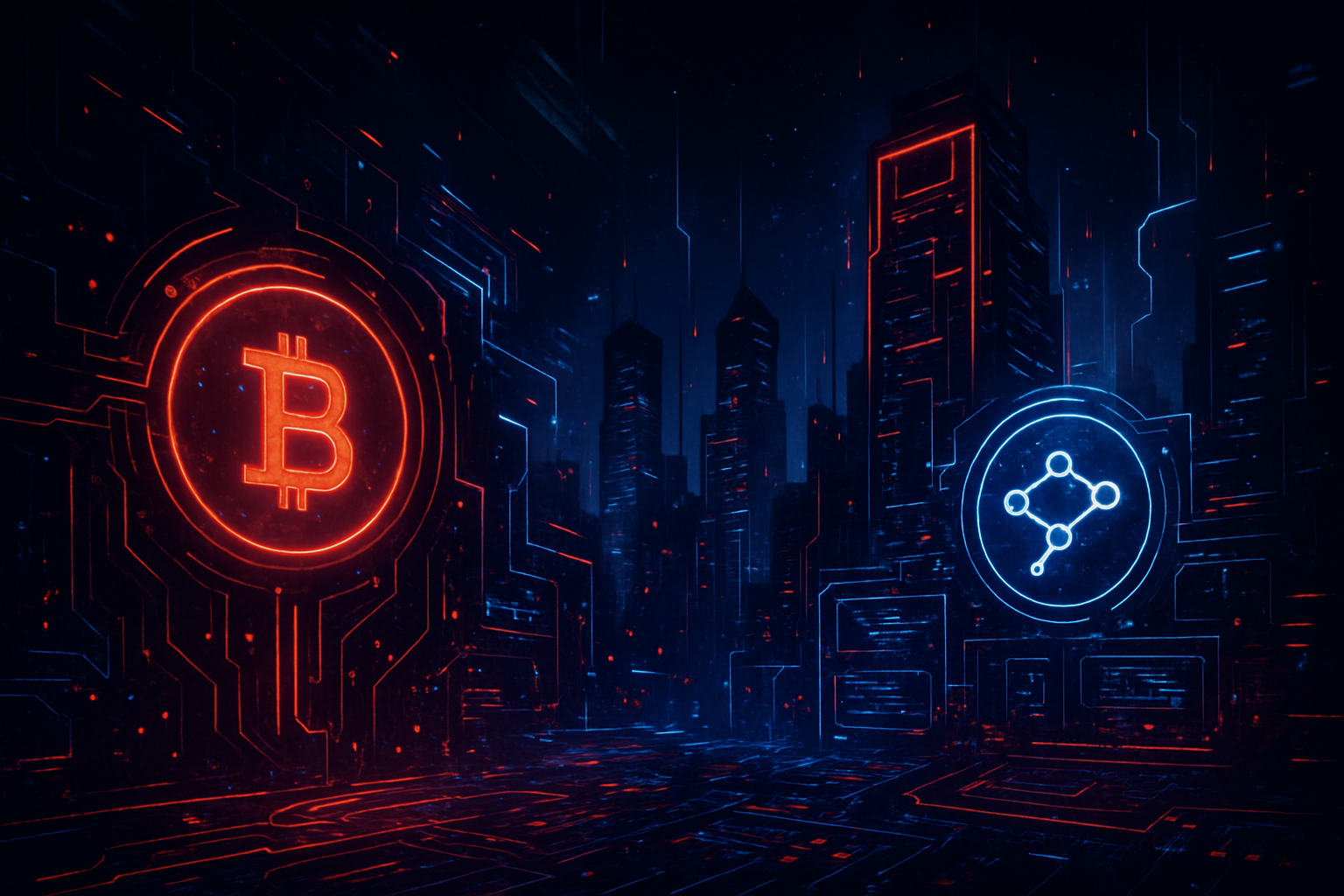
Decentralized identity is rapidly transforming the landscape of creator monetization, especially on platforms like Farcaster and Lens Protocol. Unlike legacy social media, where platform owners dictate terms and harvest user data, these next-gen protocols empower users to own their digital identities and content outright. This shift is not just philosophical – it is fundamentally changing how value flows in the creator economy.
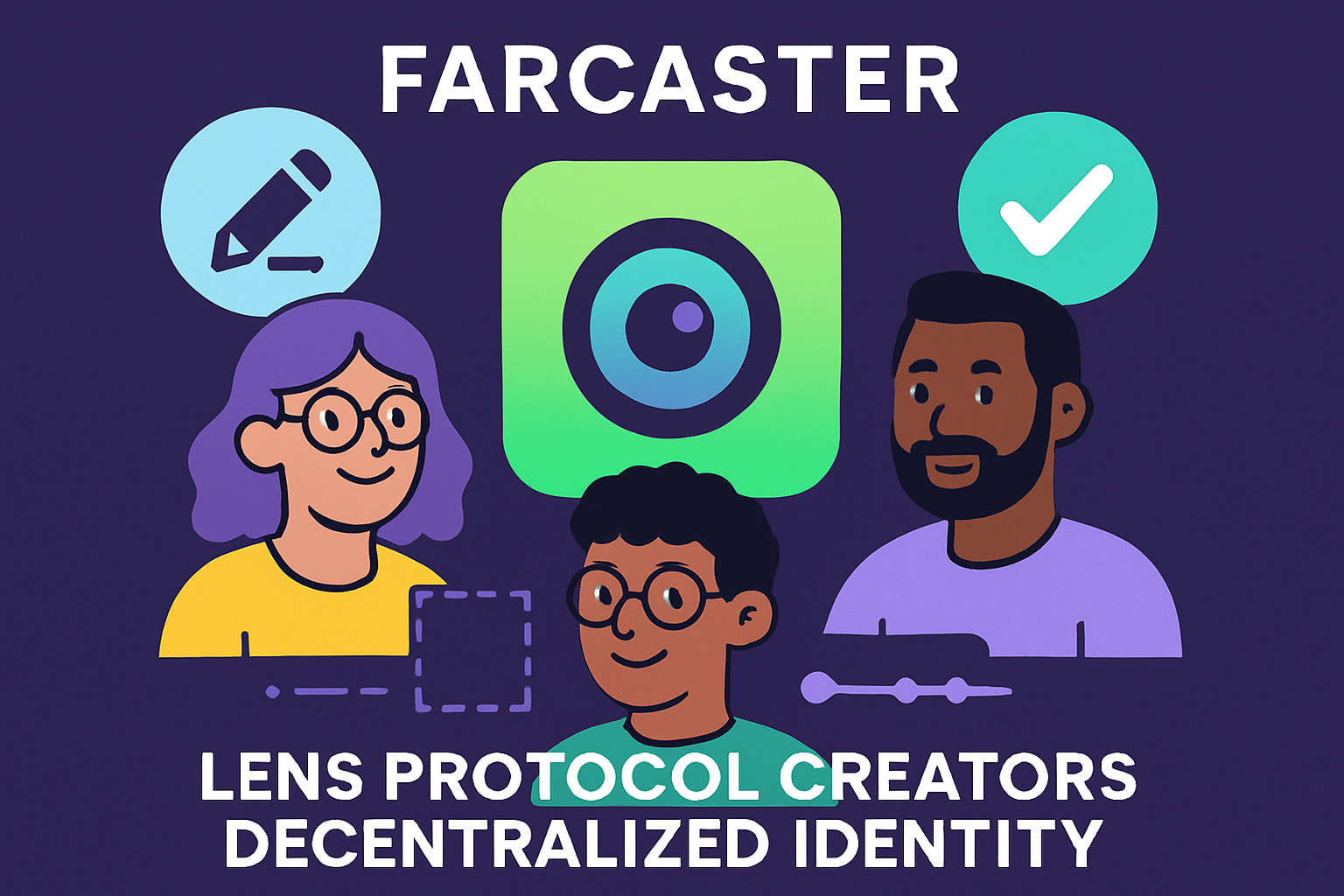
Why Decentralized Identity Matters for Creators
At its core, decentralized identity flips the script on traditional social platforms. Instead of accounts being tied to a company’s centralized database, identities on Farcaster and Lens are registered on-chain. For creators, this means their reputation, audience, and content are portable and composable across applications. Losing access to a platform no longer means losing your livelihood or network.
Farcaster leverages smart contracts on Optimism to create cryptographically verifiable identities. Social interactions are handled off-chain via Hubs, ensuring scalability without compromising user control. Lens Protocol, on the other hand, uses NFTs on Polygon to represent profiles and social connections. Every post, comment, and follow is an asset you own and can monetize directly.
“Decentralized identity is the bedrock for a new era of Web3 proof-of-creatorship, where ownership and monetization are inseparable. “
Monetization Unleashed: Farcaster’s Frames and $DEGEN Economy
The most striking innovation on Farcaster is its Frames feature. Frames turn ordinary social posts into interactive applications – think minting NFTs, joining DAOs, or participating in polls directly from your feed. Because users control their identities and wallets natively, creators can build frictionless monetization flows without third-party gatekeepers.
The emergence of the community-driven $DEGEN token adds another layer. It acts as a tipping mechanism within the ecosystem, allowing users to reward creators instantly for valuable content or engagement. This creates a user-driven economy that incentivizes quality and participation rather than algorithmic manipulation.
Lens Protocol: NFT Profiles and the Collect System
Lens Protocol approaches creator monetization with a different toolkit. Here, every profile is an NFT that can be minted or traded on the open market. Content itself becomes a collectible asset through the “collect” system – followers can mint posts as NFTs, with creators setting their own prices.
This model has already proven effective: as of April 2023, Lens creators have earned $342,897 through the collect system alone. The protocol also supports the formation of social DAOs, letting creators and communities experiment with governance and shared monetization strategies.
Key Differences: Farcaster vs. Lens Protocol for Creator Monetization
-
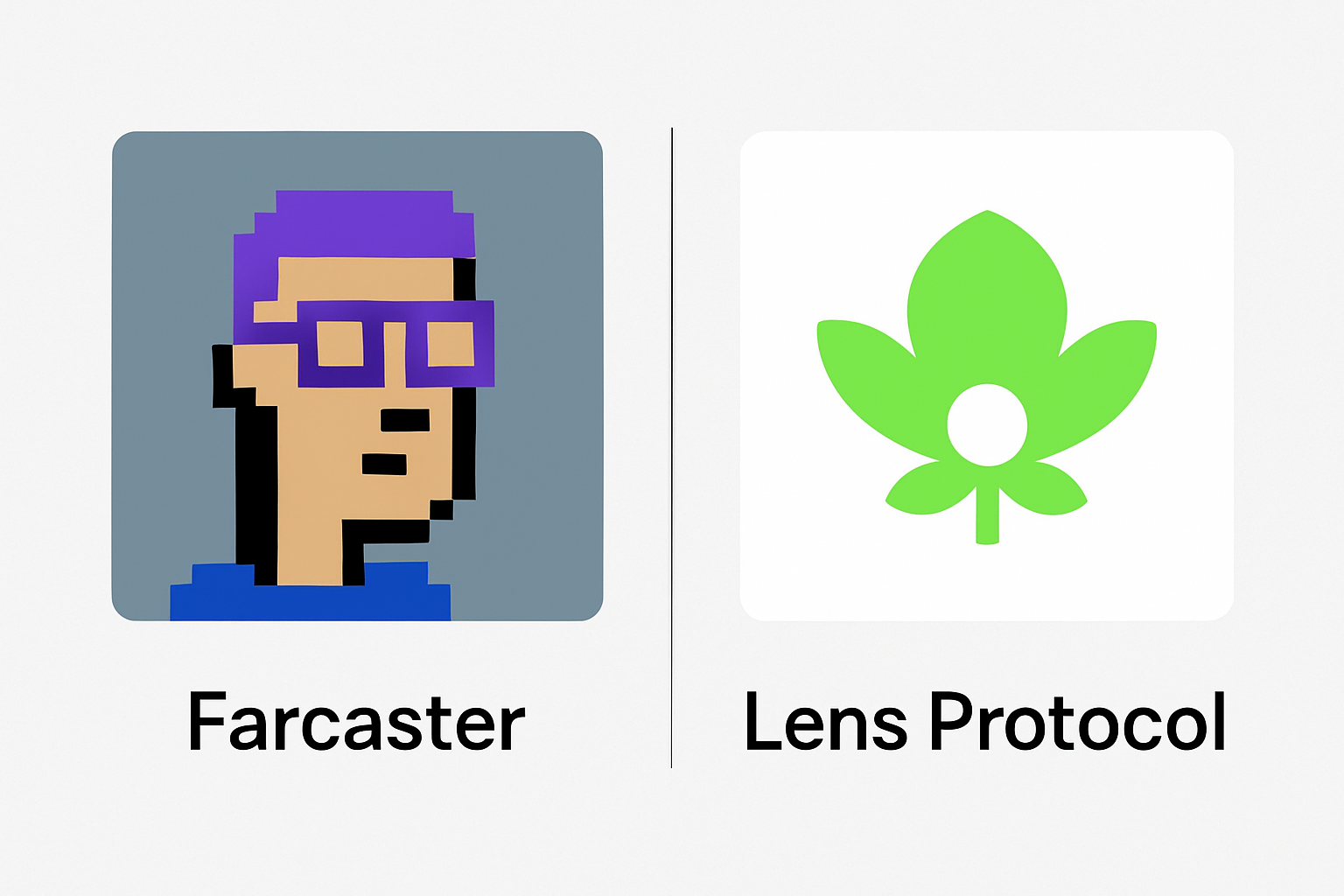
Identity and Data Ownership: Farcaster registers user identities on-chain via Optimism smart contracts, while Lens Protocol uses NFTs on Polygon to represent profiles and social connections. Both approaches ensure creators own their digital identity and content, but Lens emphasizes composability and portability through NFTs.
-
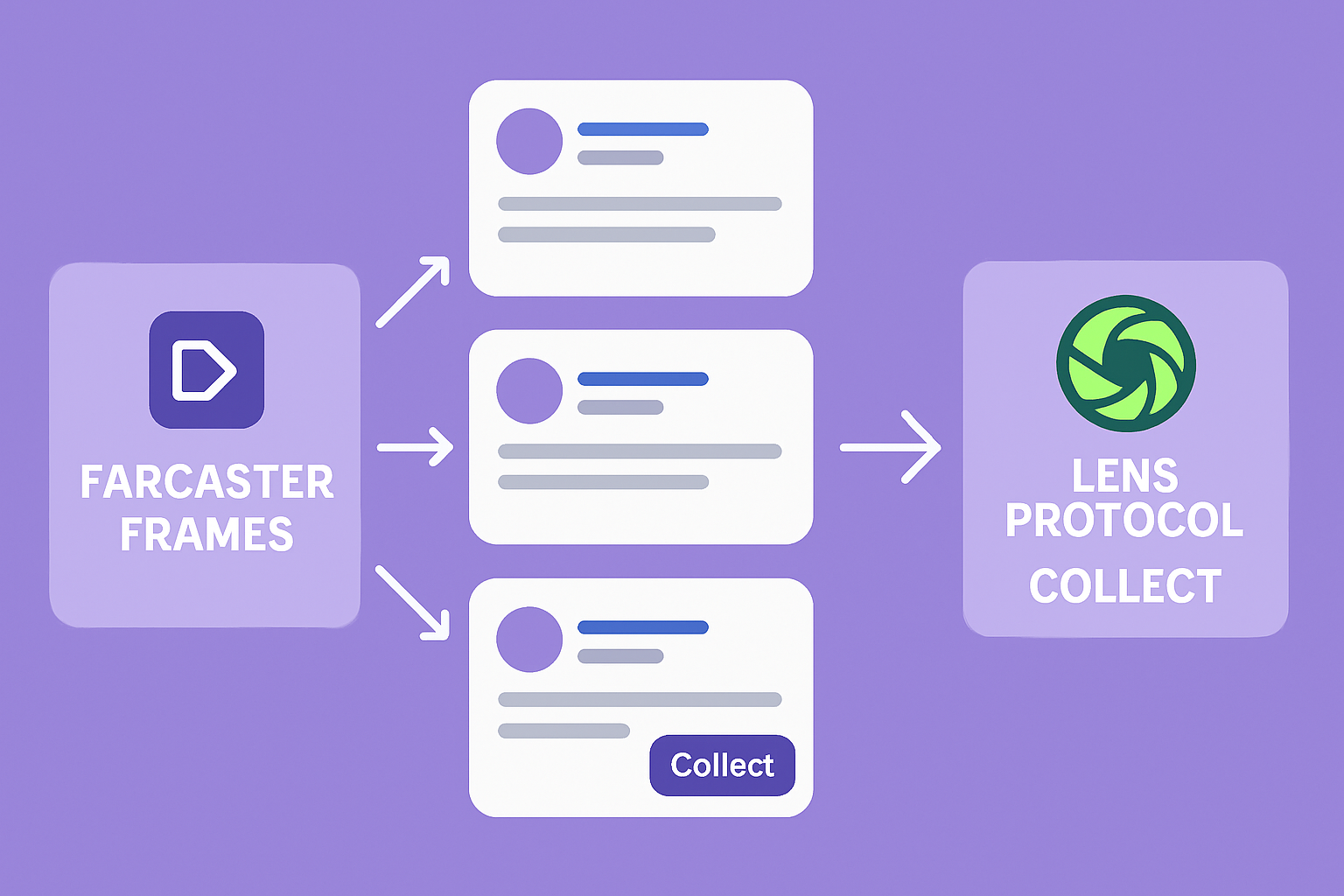
Monetization Mechanisms: Farcaster enables monetization through features like Frames—interactive posts that let users mint NFTs, join DAOs, or participate in polls directly from their feed. It also supports tipping with the community-driven $DEGEN token. Lens Protocol offers a collect system, allowing creators to set prices for their content; as of April 2023, creators earned $342,897 through this system.
-
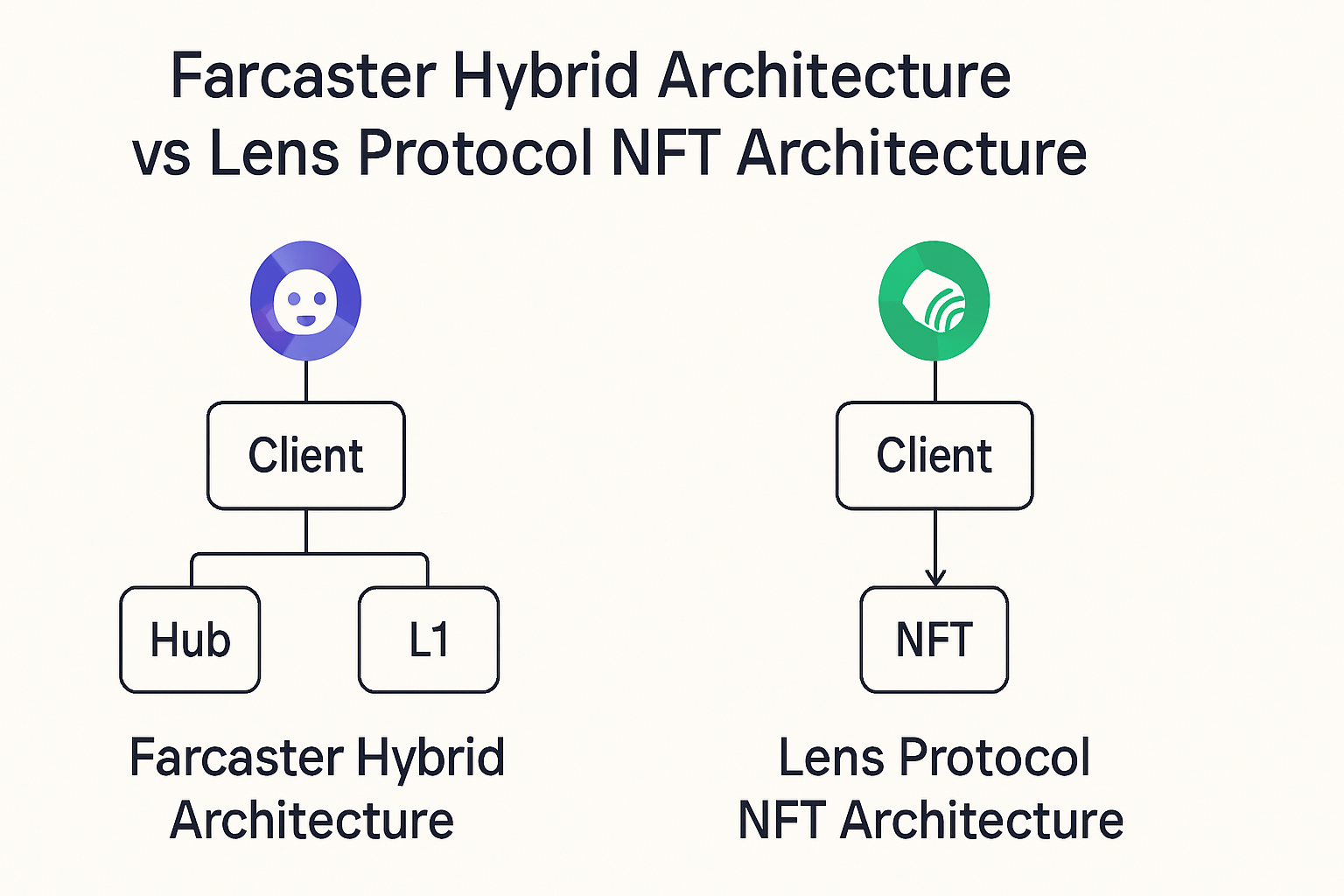
On-Chain Architecture: Farcaster uses a hybrid model—identities are on-chain, but social interactions occur off-chain through distributed Hubs for scalability. Lens Protocol keeps all core social actions (profiles, posts, follows) on-chain as NFTs, maximizing transparency and interoperability.
-
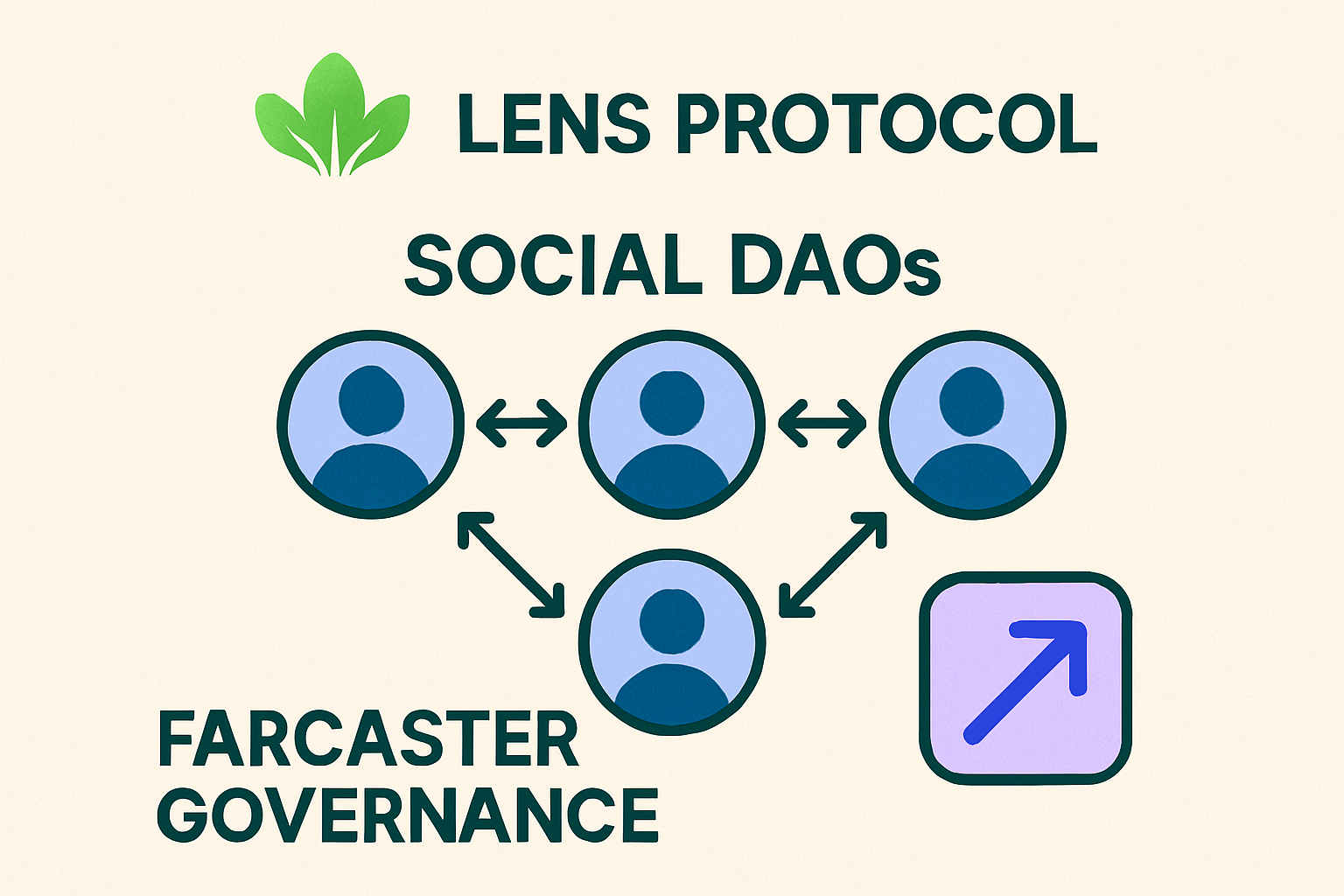
Community and Governance: Lens Protocol supports the formation of social DAOs, enabling creators and communities to co-govern monetization strategies. Farcaster’s governance is more developer-centric, focusing on open protocol development and ecosystem incentives like $DEGEN.
-
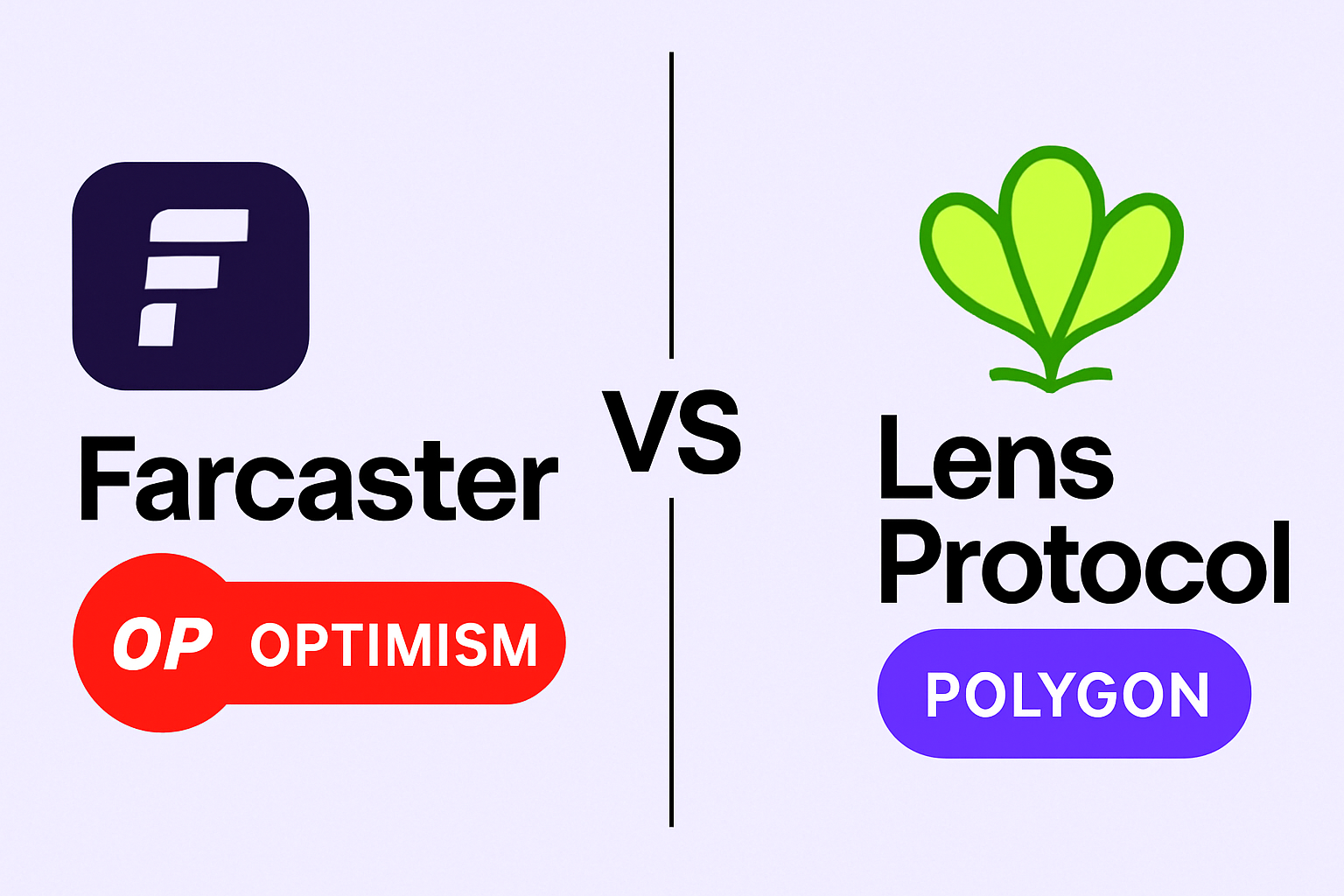
Blockchain Ecosystem Integration: Farcaster is built on Optimism, aligning with Ethereum’s L2 scaling, while Lens Protocol operates on Polygon. This affects transaction costs, dApp integrations, and user experience for creators and their audiences.
The result? A more equitable and user-centric digital economy where creators capture the lion’s share of value generated by their work.
The Rise of Portable Reputation and Onchain Proof-of-Creatorship
The magic of decentralized identity lies in its portability and composability. On both Farcaster and Lens, creators build reputations that are cryptographically verified and recognized across dApps in the broader Web3 ecosystem. This allows for seamless integrations with NFT marketplaces, DeFi protocols, and other decentralized services.
If you’re curious about how identity ownership ties into onchain actions and the future of social networking, check out our detailed guide: How Farcaster and Lens Protocols Empower Onchain Social Actions and User-Owned Identity.
For creators, this means their work and reputation are no longer siloed or subject to the whims of a single platform. Instead, their onchain identity acts as a passport, granting access to new monetization opportunities as they emerge. This is a foundational shift: Web3 proof-of-creatorship enables creators to prove authorship, ownership, and provenance of content in a way that is cryptographically verifiable and portable across platforms.
“With decentralized identity, creators aren’t just building an audience, they’re building a portable, composable reputation that follows them anywhere in the decentralized social universe. ”
As more protocols and apps integrate with Farcaster and Lens, expect to see even richer forms of creator monetization. For example, integrations with DeFi protocols could let creators collateralize their onchain social capital or reputation for loans, or unlock exclusive perks for their NFT-holding followers. Portable reputation will underpin new models for collaboration, sponsorship, and community ownership.
Challenges and the Road Ahead
Of course, this new paradigm isn’t without hurdles. User experience remains a barrier, onboarding to Web3 social still requires navigating wallets, seed phrases, and sometimes volatile gas fees. Both Farcaster and Lens are investing heavily in UX improvements, but mainstream adoption will require further simplification and education.
Another challenge is identity interoperability. While both protocols anchor user identity onchain, standards for cross-protocol reputation and proof-of-creatorship are still evolving. Projects like idOS are exploring how to bridge these gaps, aiming to create a universal layer for decentralized identity and social networking.
Key Benefits of Decentralized Identity for Creators
-
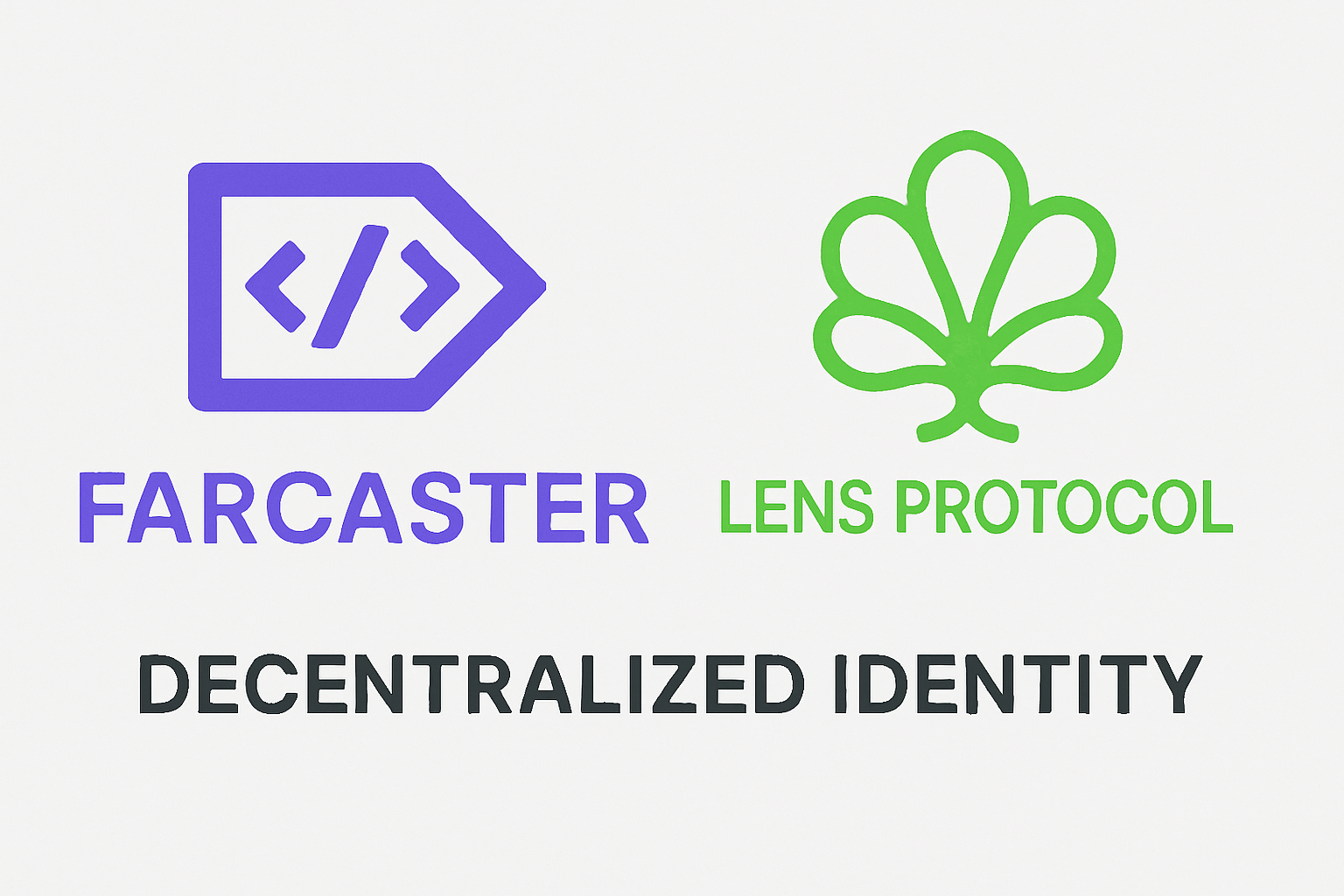
True Ownership of Identity and Content: On both Farcaster and Lens Protocol, creators control their digital identities and content through on-chain registration and NFTs, ensuring that no centralized entity can revoke access or censor their profiles.
-
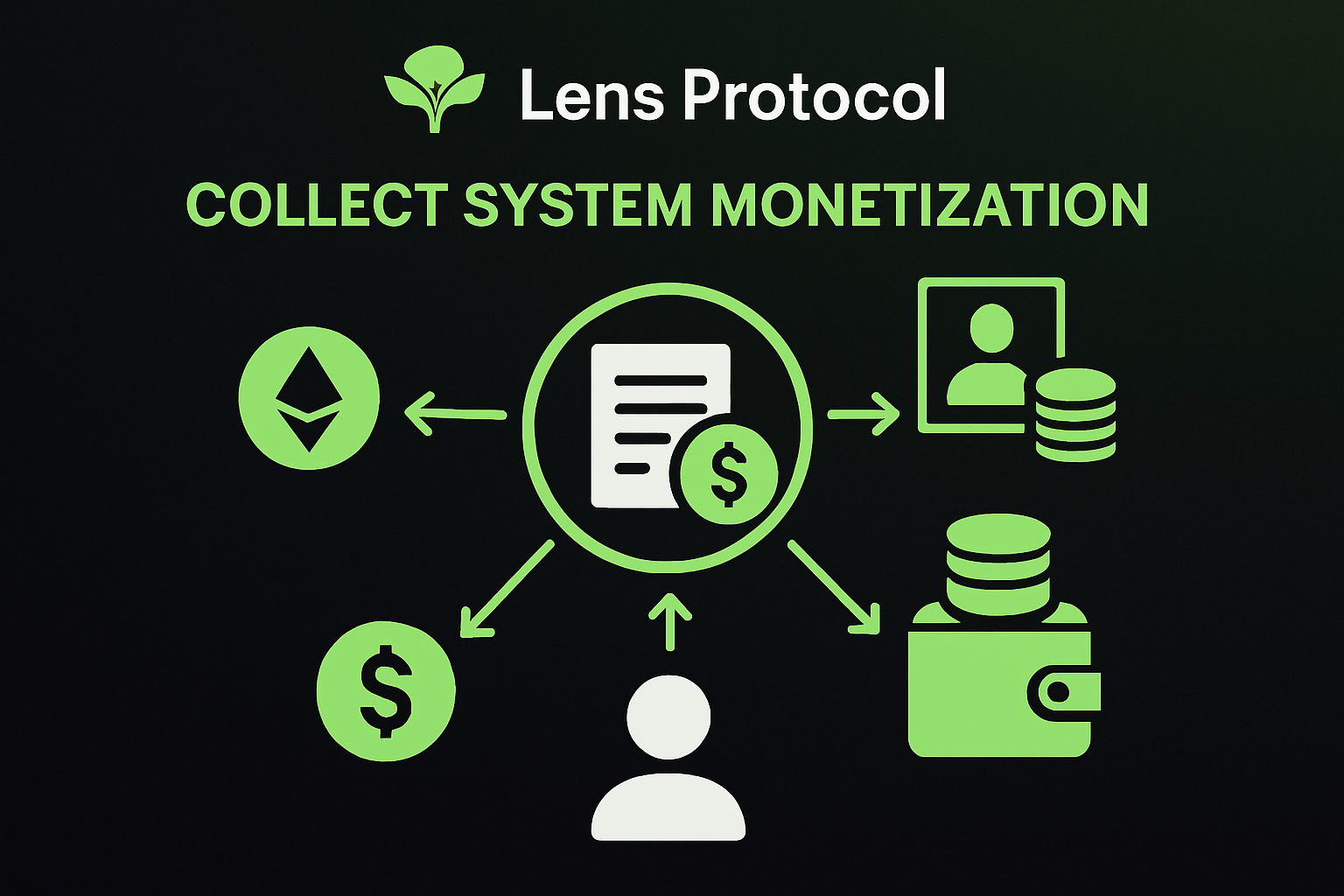
Direct Monetization Without Intermediaries: Decentralized identity enables creators to earn directly from their audience via features like Frames and the collect system, bypassing traditional platform fees and restrictions. For example, Lens Protocol has paid creators $342,897 through its collect system as of April 2023.
-
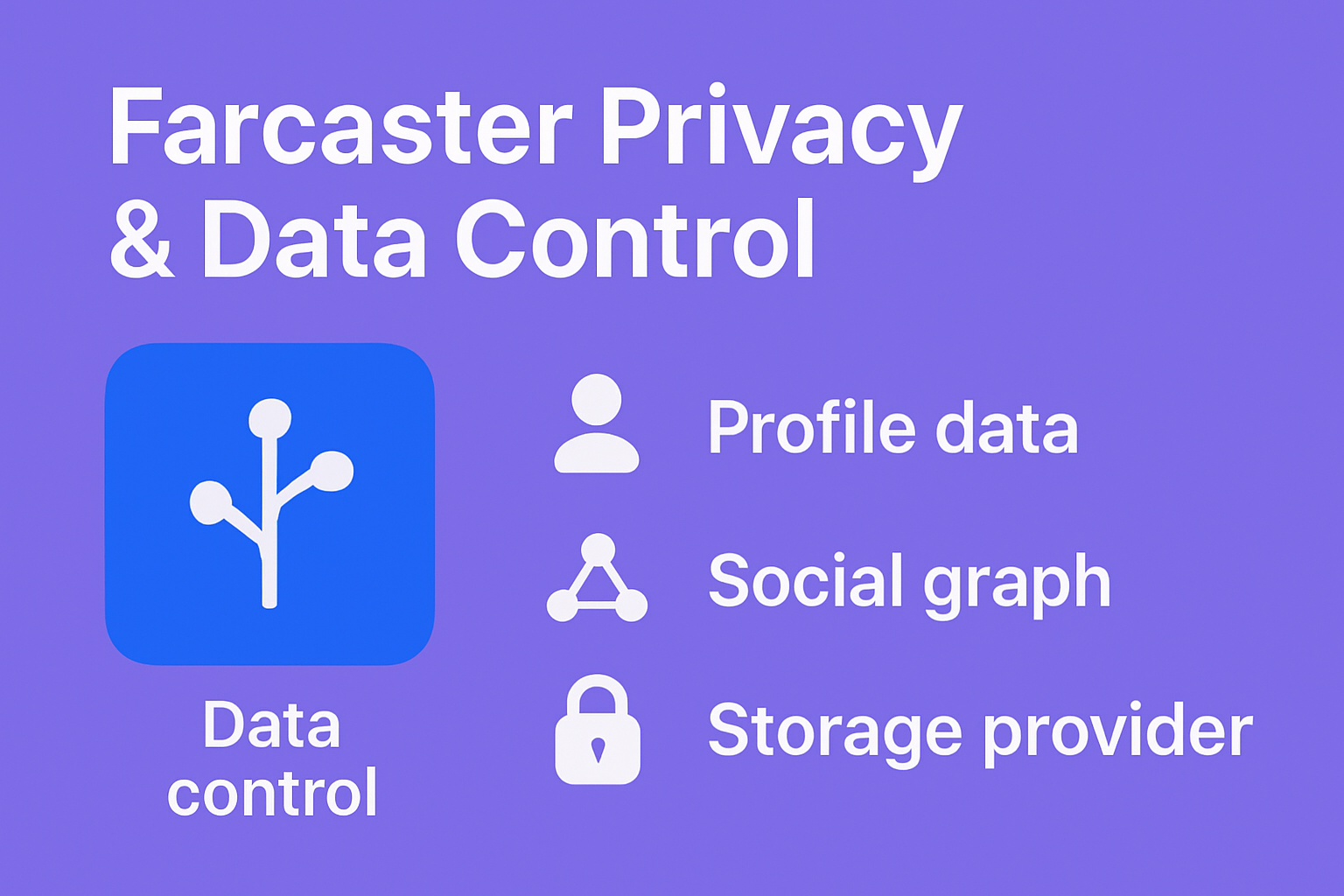
Enhanced Privacy and Data Control: With decentralized identity, creators retain control over their personal data and social graphs. Farcaster emphasizes privacy by allowing users to manage their data on-chain and interact off-chain for scalability.
-
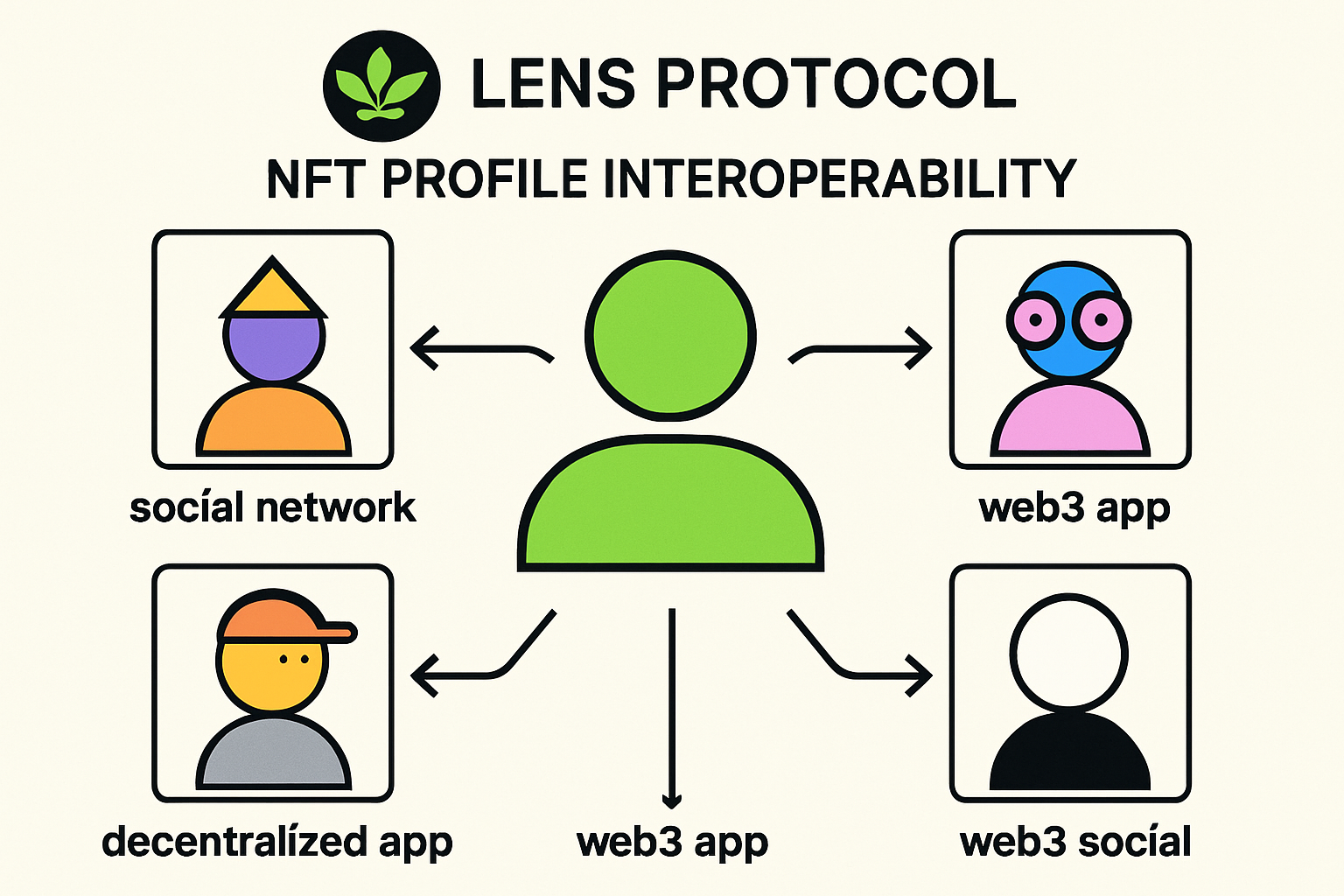
Interoperability and Portability: Identities and content on Lens Protocol (as NFTs) and Farcaster (on-chain smart contracts) are portable across dApps, allowing creators to move their audience and content seamlessly between platforms and services.
-
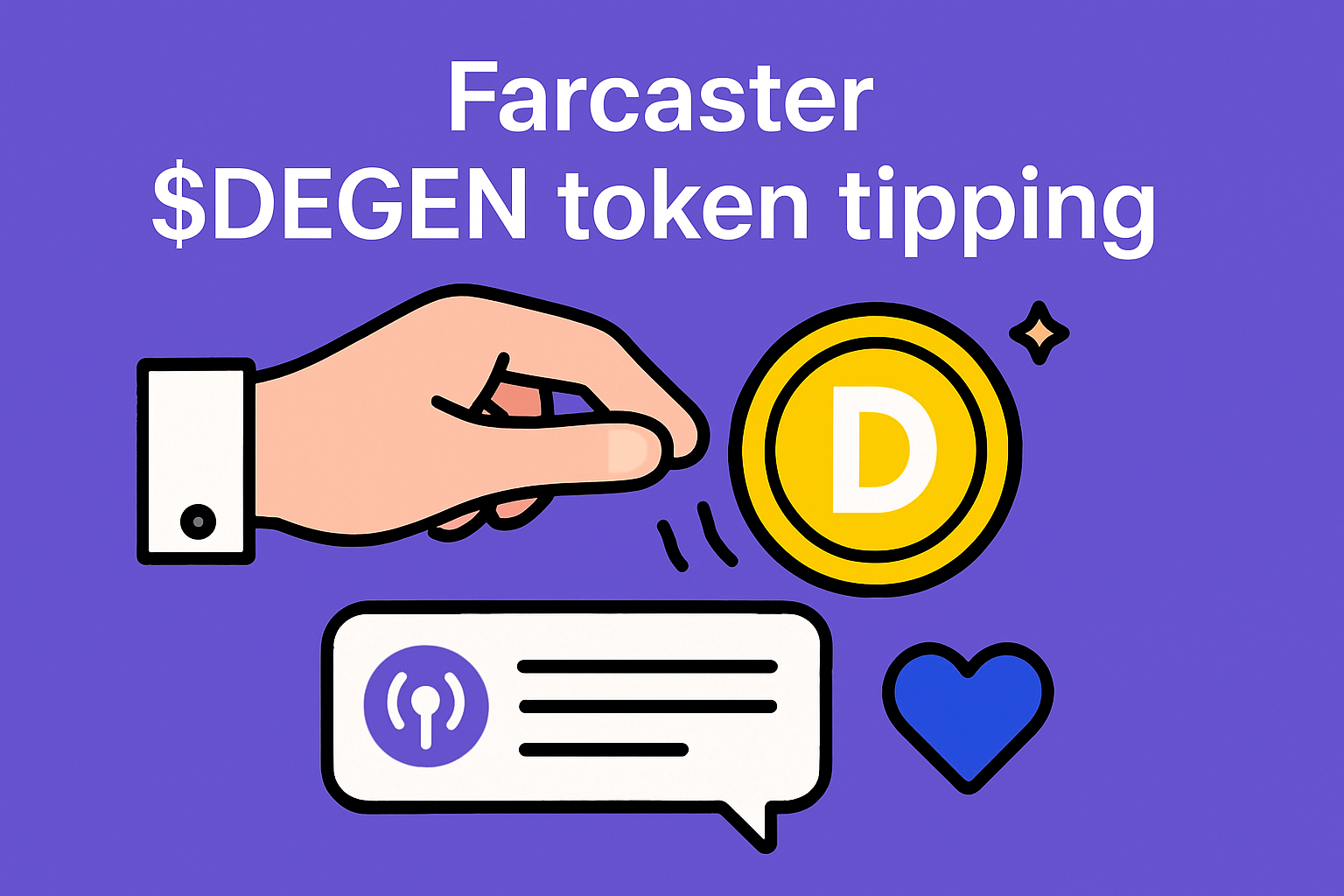
Community-Driven Monetization Models: Both platforms support innovative, user-driven economies—such as Farcaster’s $DEGEN token for tipping and Lens Protocol’s social DAOs—empowering creators to experiment with new monetization strategies and governance models.
Despite these challenges, the momentum is undeniable. Creators are already capturing more value, experimenting with new monetization models, and building communities that are truly theirs. The shift to user-owned identity and onchain proof-of-creatorship is paving the way for a more open, equitable creator economy, one where platform lock-in is replaced by genuine ownership and choice.
“Decentralized social isn’t just about privacy or censorship resistance, it’s about creators finally owning their audience, their income streams, and their digital legacy. ”
As the infrastructure matures, expect even more sophisticated monetization tools, portable reputations, and composable creator economies. For those building or participating in this space, the message is clear: decentralized identity isn’t just a technical upgrade, it’s the key to unlocking a fairer, more dynamic digital world for creators everywhere.

